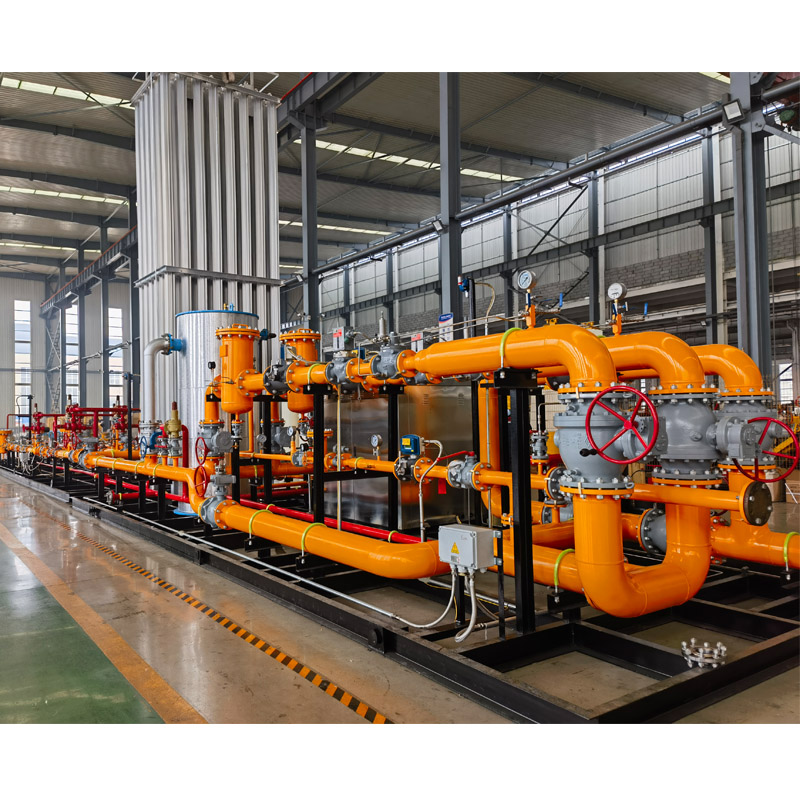
7 月 . 31, 2024 20:01
Back to list
Understanding the Functionality and Importance of Gas Pressure Reduction Valves in Various Applications
Understanding Gas Pressure Reducing Valves
Gas pressure reducing valves (PRVs) are critical components in various applications that utilize gas as a primary energy source. These valves are designed to ensure that gas is delivered at a constant pressure, regardless of fluctuations in the source pressure, making them essential in both residential and industrial contexts. By effectively controlling gas pressure, PRVs play a significant role in enhancing safety, efficiency, and functionality of gas-powered systems.
Operational Principles
The primary function of a gas pressure reducing valve is to decrease and stabilize the pressure of a gas entering a system. When gas flows from a high-pressure source, such as a gas main, to a lower-pressure distribution system, the PRV adjusts the pressure to a predetermined level suitable for the downstream equipment. The valve operates on the principle of a diaphragm mechanism, where changes in downstream pressure result in adjustments to the valve opening, maintaining the desired output pressure.
A typical PRV consists of several key components the inlet and outlet ports, a diaphragm, a spring, and an adjustment knob or screw. The diaphragm is crucial as it senses pressure changes; when the downstream pressure rises above the set point, the diaphragm compresses the spring to close the valve partially, restricting the flow of gas. Conversely, if the downstream pressure falls below the set point, the spring expands, opening the valve to allow more gas flow.
Applications and Importance
Gas pressure reducing valves are widely used in various sectors. In residential applications, they are commonly found in natural gas supplies to households for cooking, heating, and hot water systems. Proper pressure regulation ensures that appliances function safely and efficiently, preventing issues such as incomplete combustion or hazardous gas leaks.
gas pressure reducing valve

In industrial settings, PRVs are crucial in processes that require specific gas pressures for operations such as manufacturing, chemical processing, and power generation. In these cases, maintaining precise pressure is vital to ensure the safety of operations and to optimize equipment performance.
Moreover, PRVs offer several advantages, including enhanced safety, as they prevent overpressure situations that could lead to equipment failure or explosions. By stabilizing pressure, they also contribute to the longevity of gas appliances, reducing wear and tear and minimizing maintenance costs.
Selection Criteria
When selecting a gas pressure reducing valve, several factors must be considered. These include the type of gas (natural gas, propane, etc.), the inlet pressure range, the desired outlet pressure, and the flow rate requirements. Additionally, the construction materials must be compatible with the type of gas to prevent corrosion or degradation over time.
It is also essential to consider the valve's sizing. A valve that is too large may not be able to maintain pressure stability, while one that is too small can lead to pressure drops during peak demands. Therefore, accurate calculations based on the system’s requirements are necessary for optimal performance.
Conclusion
In summary, gas pressure reducing valves are indispensable for safe and efficient gas distribution in both residential and industrial applications. Their ability to regulate pressure not only contributes to safety but also ensures that gas-operated systems function efficiently and reliably. As technology advances, ongoing improvements in PRV design and functionality will further enhance their role in modern gas delivery systems, making them even more critical in the pursuit of safety and efficiency in gas applications. Understanding and selecting the appropriate PRV is essential for anyone involved in gas systems, ensuring compliance with safety standards and the effective operation of gas appliances and equipment.
Latest news
-
Unlocking The Quality Gas Pressure ReducersNewsNov.01,2024
-
The Role of Gas Pressure Reducing StationsNewsNov.01,2024
-
The Importance and Functionality of Safety Relief ValvesNewsNov.01,2024
-
The Essential Role of Safety Valves in Natural Gas ApplicationsNewsNov.01,2024
-
The Essential Role of Gas Pressure RegulatorsNewsNov.01,2024
-
Enhance Your Premium Gas FiltersNewsNov.01,2024

